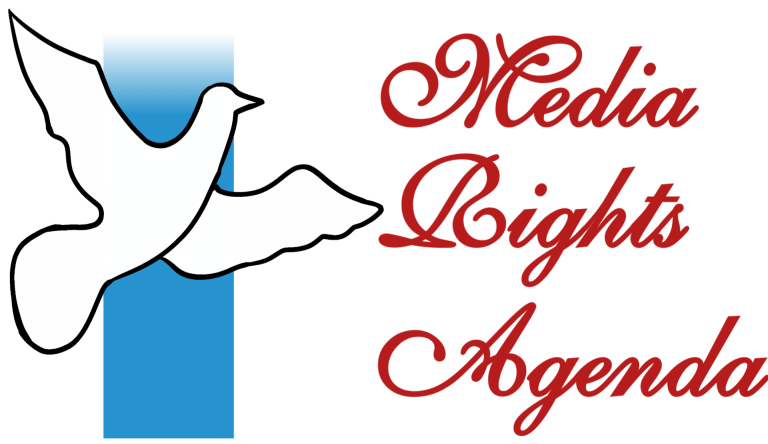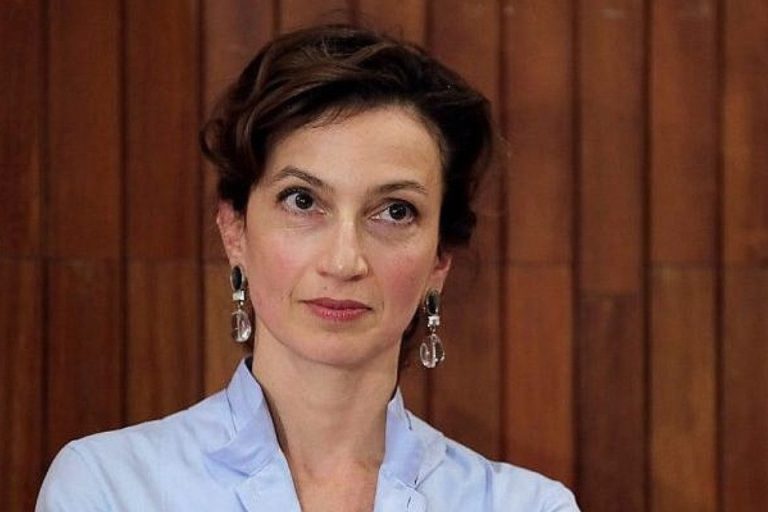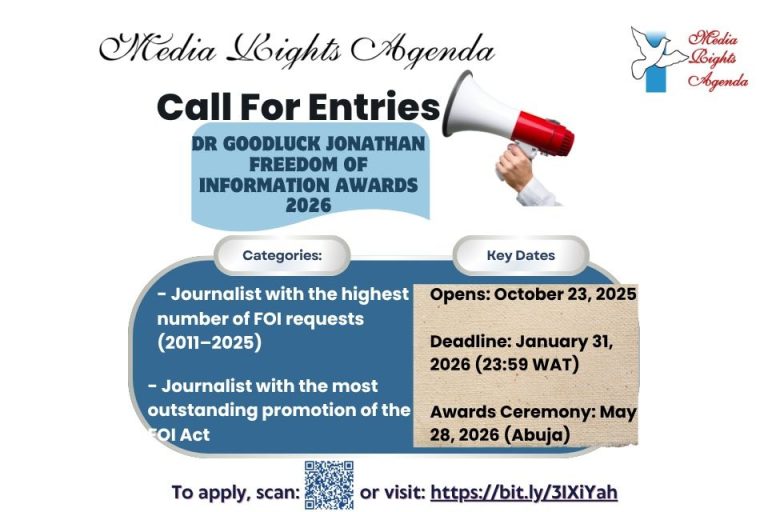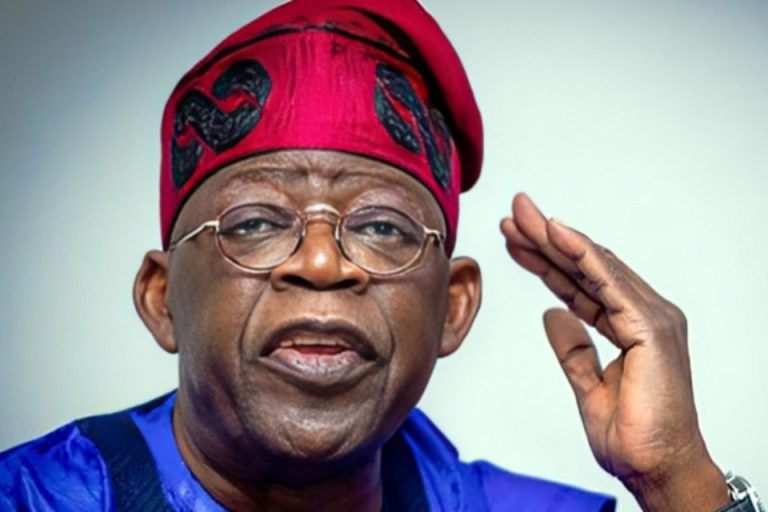To commemorate the 2025 International Day of the World’s Indigenous Peoples, the United Nations Educational, Scientific and Cultural Organisation (UNESCO), has launched the French and Spanish editions of its Issue Brief on Indigenous Peoples and the Media.
The International Day of the World’s Indigenous Peoples is an annual commemoration observed on August 9. The theme for this year is “Indigenous Peoples and AI: Defending Rights, Shaping Futures”. As Artificial Intelligence (AI) becomes increasingly embedded in our daily lives, the media can influence how these technologies engage with Indigenous Peoples, with far-reaching implications for their rights, identities, and cultural and linguistic continuity. However, according to UNESCO’s Issue Brief, Indigenous Peoples and the Media, 30% of 308 Indigenous media respondents from 74 countries and 26% of 128 non-Indigenous respondents from 41 countries reported facing significant barriers to fully participating in the digital media landscape.
The data, collected through a global survey, reveals other challenging trends. While AI offers promising opportunities such as language preservation, content production and improved accessibility of their content, 77% of Indigenous media respondents identified a lack of financial resources as a major obstacle to expanding their digital reach. Additionally, 50% pointed to the high cost of digital production equipment, and 31% emphasised that they lack media professionals with the technical skills needed to use these tools while maintaining editorial independence and control over Indigenous data.
By advocating for AI systems that respect the distinct identities of Indigenous Peoples, rooted in traditional knowledge and cultural practices, the media can also increase the audience’s awareness of the fact that technological advancement does not have to come at the expense of human rights. On the contrary, it is a useful tool to increase efficiency, creativity and innovation. It is therefore vital to ensure that reporting is equitable, relevant and accurate for all audiences, and firmly grounded in professional journalistic standards, particularly those related to AI development, as this is essential for promoting freedom of expression and ensuring access to information for all communities.
Tawfik Jelassi, Assistant Director-General for Communication and Information, UNESCO, said, “Indigenous media is increasingly using AI. Empowering Indigenous voices in the media and taking advantage of technological development are crucial for fostering pluralism and diversity, which are essential elements of a vibrant society.”
The Brief offers valuable insights into the evolving relationship between Indigenous Peoples and media, including the digital transition and use of digital solutions in media monitoring practices. It also presents a wide range of other findings concerning pluralism, diversity, management, and other media development-related aspects.
The Issue Brief, which highlights the challenges and opportunities Indigenous Peoples and the media face in navigating the digital age, is also complemented by a new video release featuring testimonies from Indigenous media practitioners, offering firsthand insights into their experiences and aspirations.
Founder of Hit Radio in Morocco, Younes Ben Boumehdi, highlights the challenges faced by Indigenous people in mainstream media, namely “The risk of standardisation and hegemony, somehow erasing diversity”.
For Francine Compton, Associate Director of the Indigenous Journalist Association in Canada, the media is key to preserving their identities. “There’s so much room on those airwaves for us to take all the news that we’re doing in English and translating it into languages.”
Meanwhile, the owner of Radio Yandê in Brazil, Anápuàka Tubinambá Hãhãhãe, brings forth fundamental ways to foster Indigenous media. “UNESCO’s role in strengthening Indigenous cultures in communication lies in providing support, creating tools, grants, and research.”
“There’s so many stories and there’s so many things that the Indigenous media and Indigenous reporters can do”, states Victor Juma, who is the Station Manager at Bus Radio Kajiado, Kenya.
“Indigenous realities are not made visible by mass media. They never talk about our peoples”, said Dora Munoz, coordinator at We’jxia Kaa’senxi Network in Colombia.
Kelly Williams is ABC Australia’s Director for First Nations Strategy. According to her, there is an “Inequity in funding models for public broadcasters funded by the state to Indigenous media organisations, who are running their own radio stations with volunteers”.
Explore the Issue Brief and watch the video to learn more about how Indigenous media professionals are engaging with AI and shaping the digital future.





